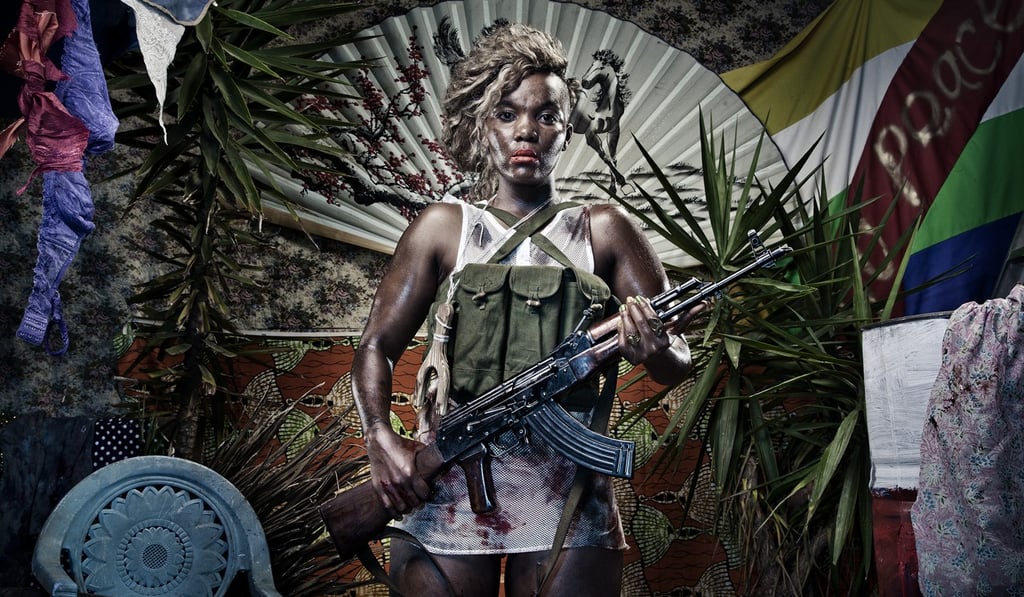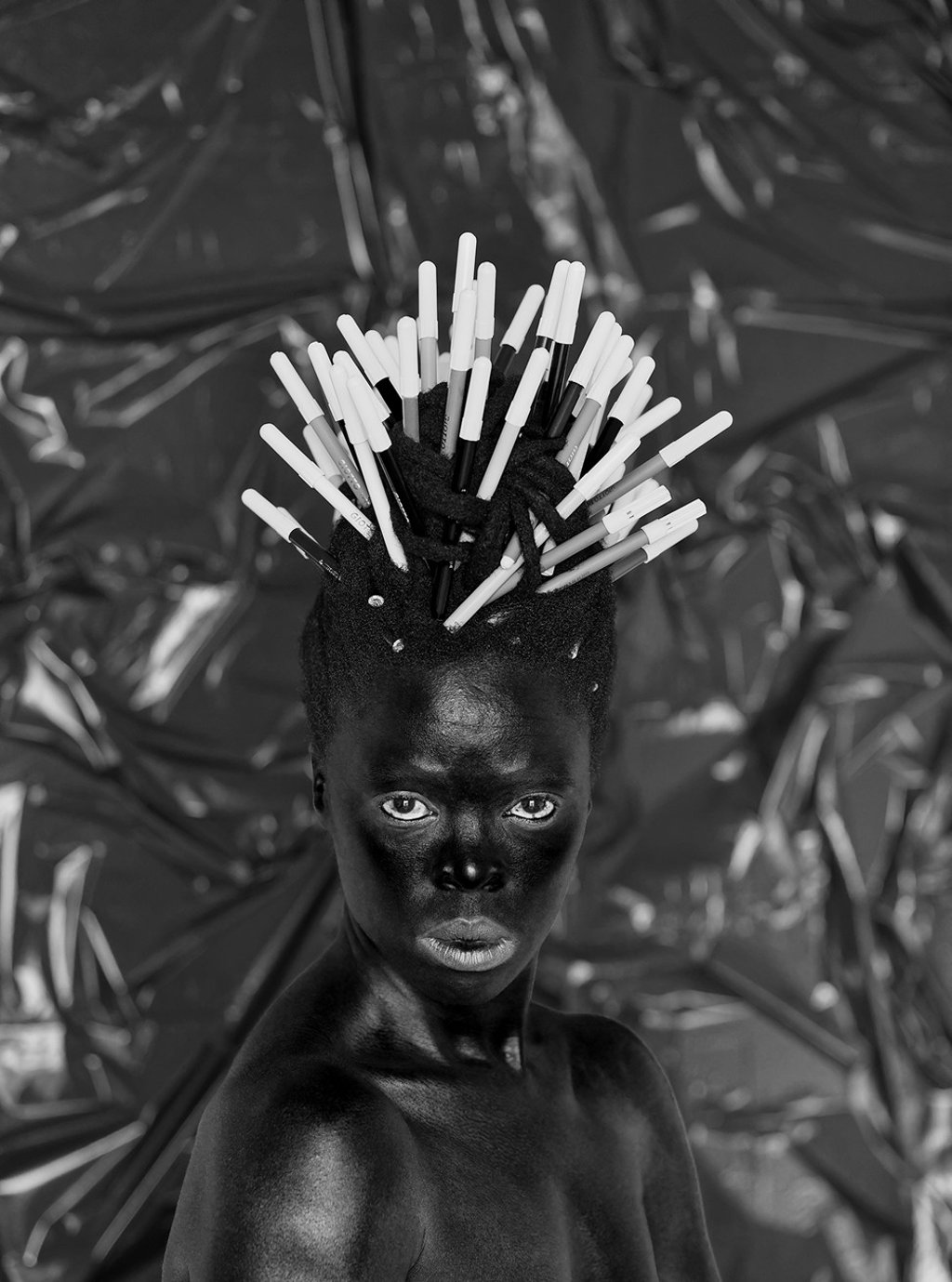Africa’s art scene is set to take Asia’s place in the spotlight
African artists are winning the hearts of galleries, institutions and collectors the world over
As we look at the art world, 2017 will undoubtedly belong to Africa. With a young and emerging scene waiting to blossom, it is set to take Asia’s coveted place in the spotlight, winning over the hearts of galleries, institutions and collectors the world over.
Occupying the whole of the Frank Gehry-designed museum, this monumental survey exhibition spans the past 30 years of artistic production from the continent. South Africa benefits from the most visibility with one section out of three dedicated to 16 artists from the country. Household names, such as William Kentridge, David Goldblatt and Sue Williamson, are placed alongside younger artists including Zanele Muholi, Lawrence Lemaoana and Kudzanai Chiurai, together playing an active part in shaping South Africa’s identity 20 years after the end of apartheid.


The highly regarded exhibition is bound to become one of the crucial events that contributed to promoting African art in international circles.
On the other side of the channel, in London, the Serpentine Gallery unveiled its 17th temporary pavilion in late June, dreamt up by award-winning Burkinabe architect Diébédo Francis Kéré. Taking social and ecological factors into account, Francis Kéré opted for a stripped-down steel and wood structure resembling a large tree canopy under which people can gather, hoping to bring a little of Africa’s community-oriented way of life to Kensington Gardens.
A post shared by Ben Hobson (@benedicthobson) on Jun 20, 2017 at 1:48am PDT